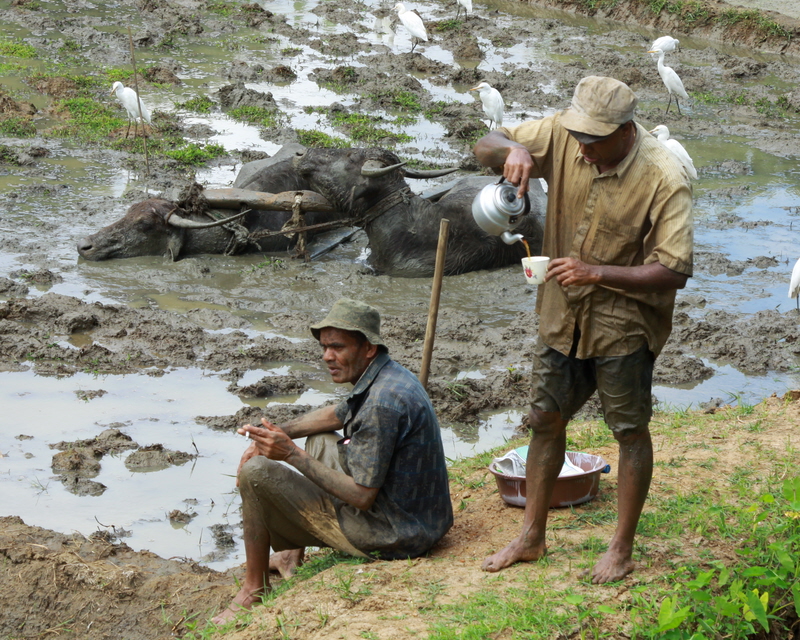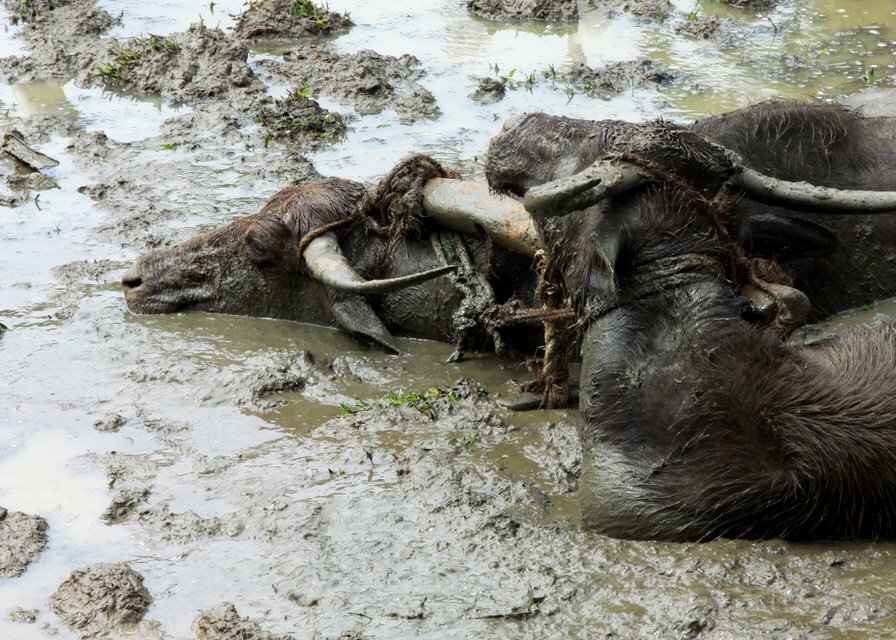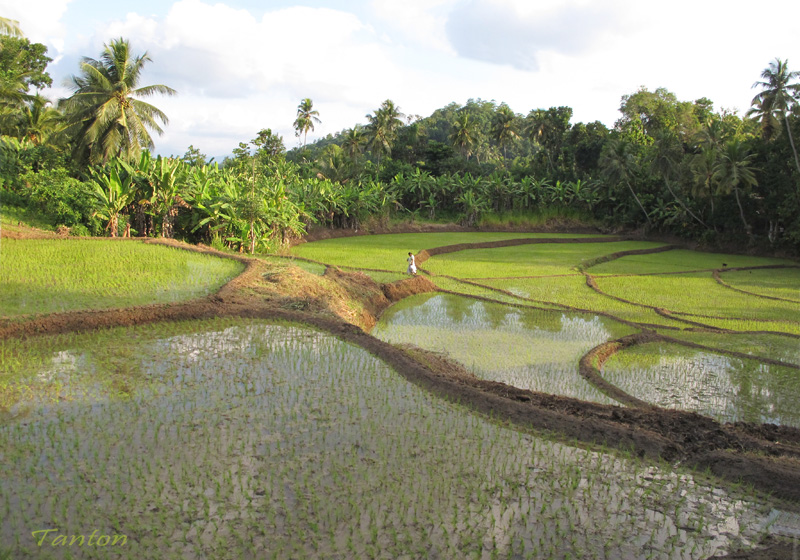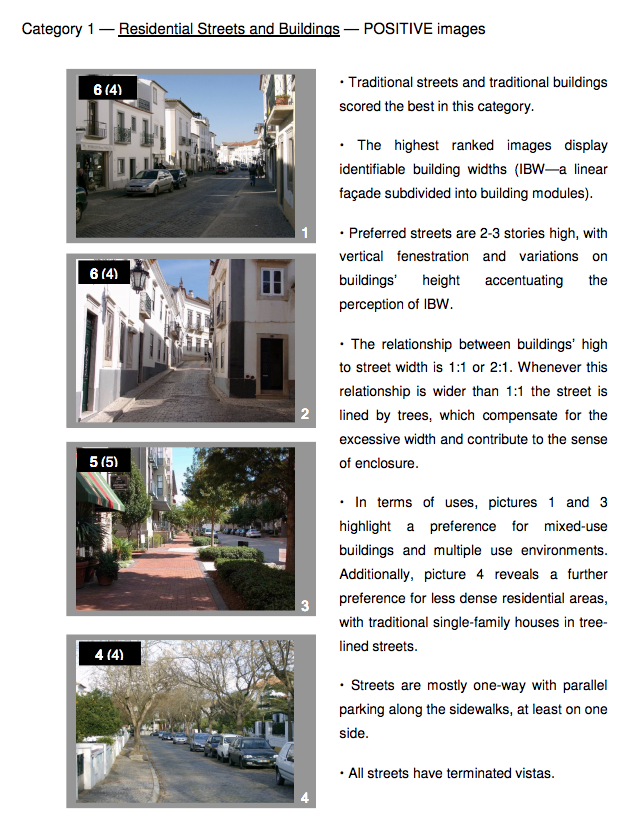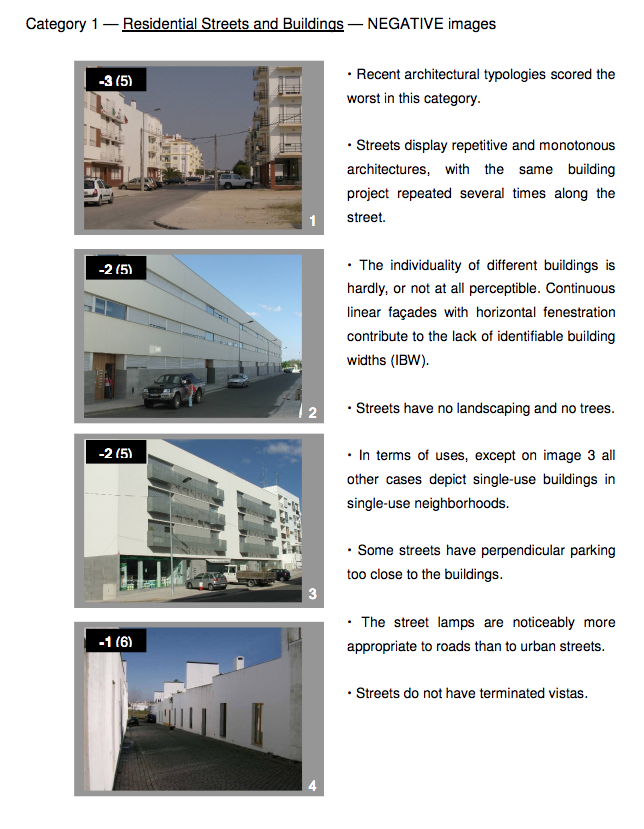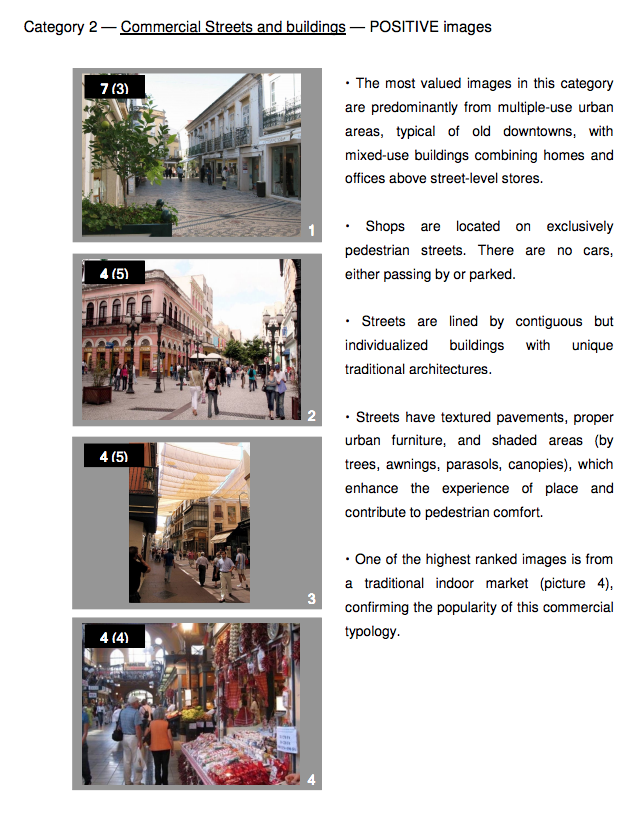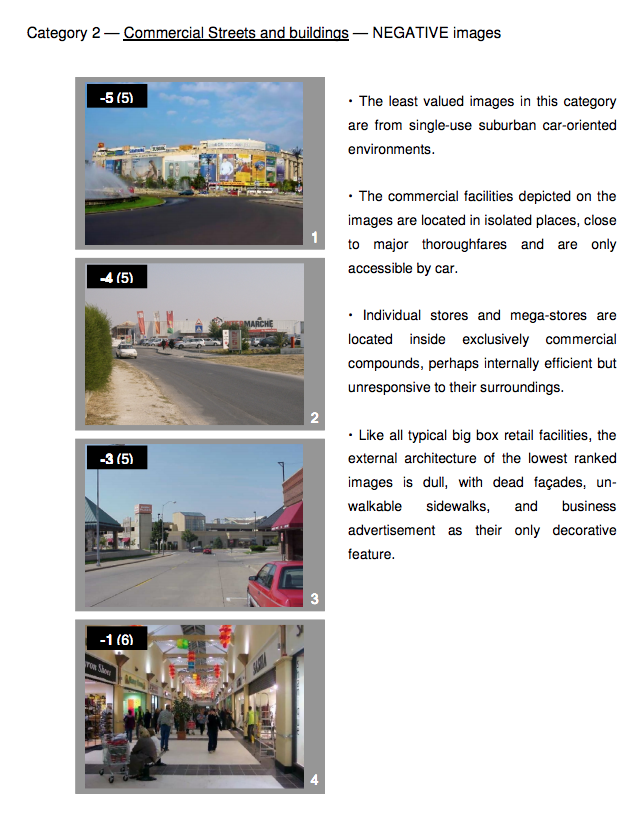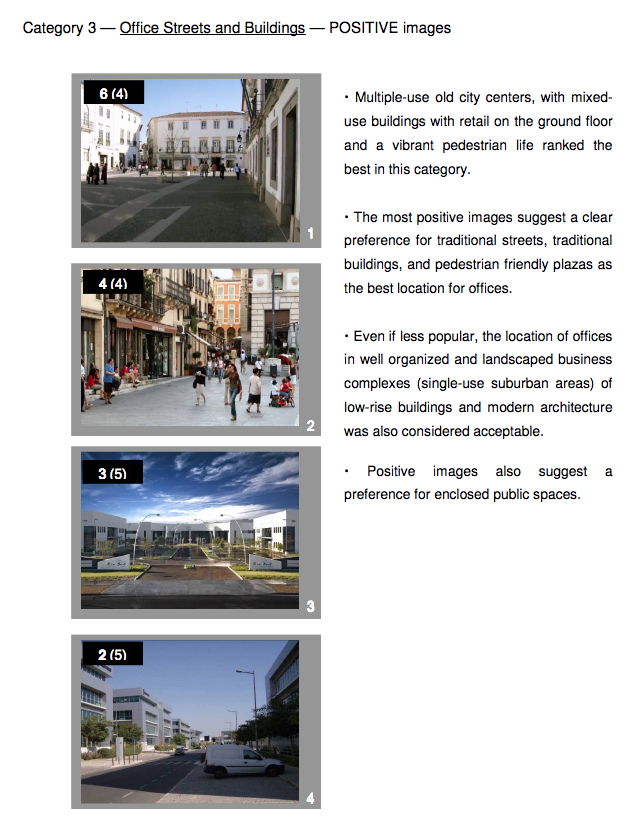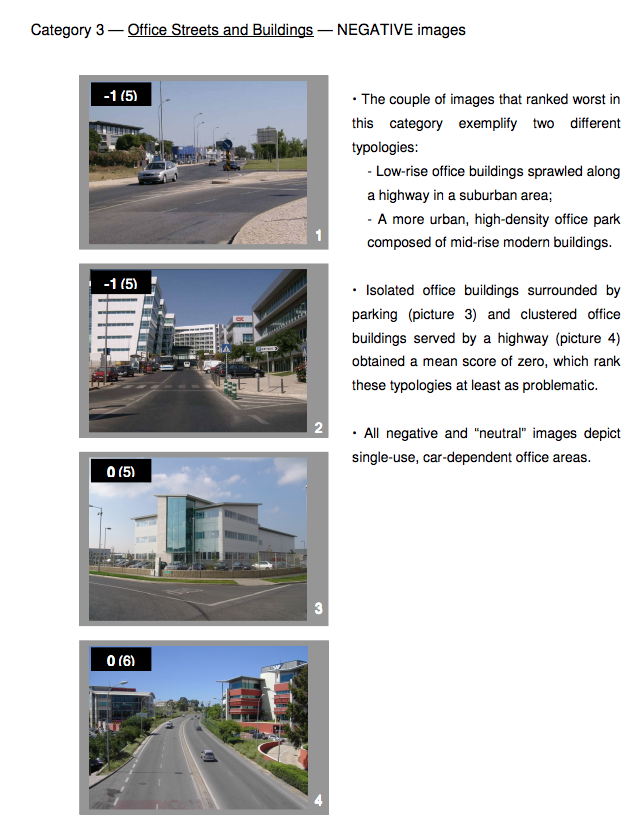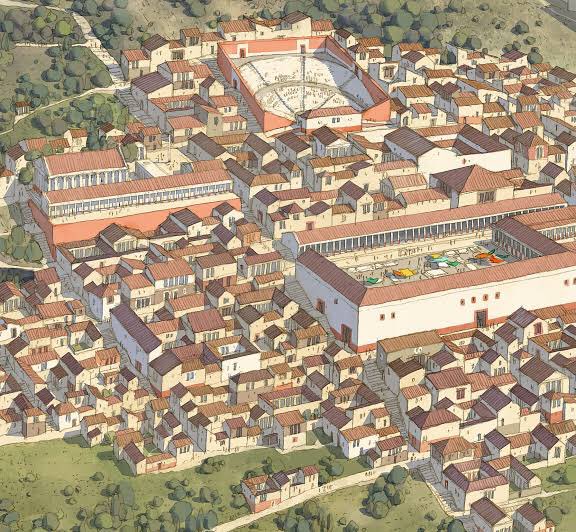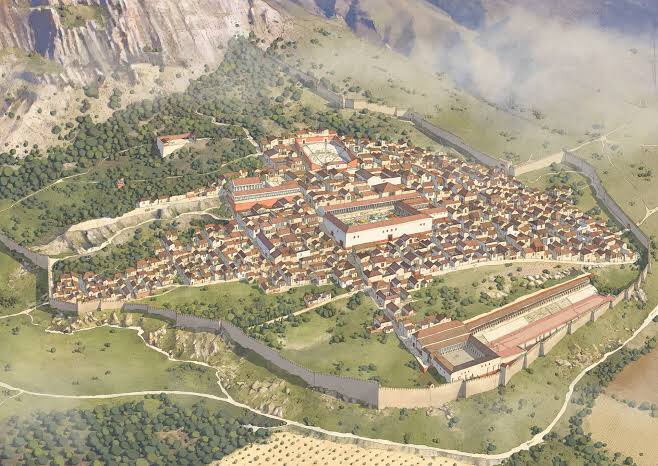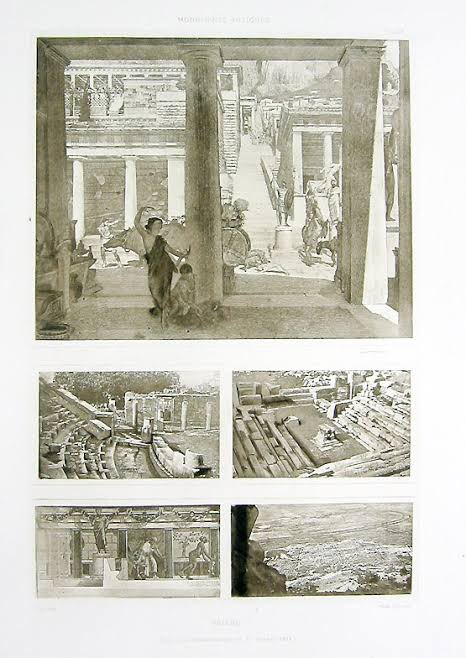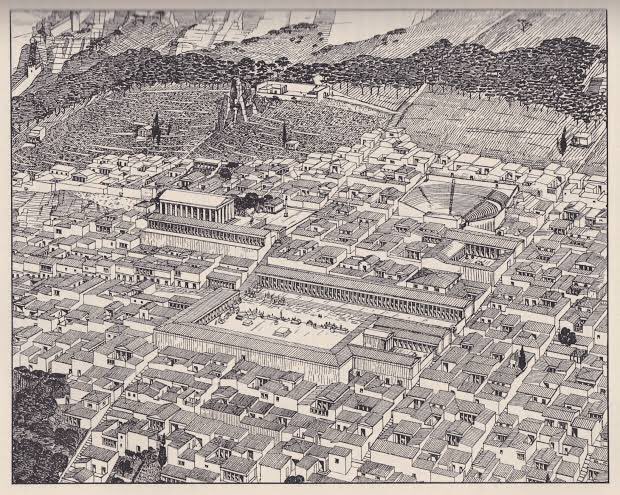
It is winter. What do you do if you want to quickly flush the air in a room without just opening the windows and wait a couple of hours and the room is freezing? One way is to build a wind catcher like in the Middle East but that isn't going to be practical in London. What else? 

You can build the whole house to be a finely tuned instrument to catch and accelerate winds to transport both air and heat away: cross and stack ventilation. Works fantastically during sub-tropical Kyoto summer. Not a good idea in Leeds or Chicago though. 

Without remodeling the house and building wall wings you can install two vertical sliding windows on a flat wall to increase room airflow by over 1000%. Slide them open: one catches the wind, leads it into the room, expels the old air through the other open window. Takes minutes. 

In summer you can just leave them open: free air con. In winter you use them to get fresh air while minimizing heat loss. It sure beats rebuilding the entire house or installing a fancy AC. Does not use a drop of fuel, never breaks down. Wind powered homes. Like in the old days.
• • •
Missing some Tweet in this thread? You can try to
force a refresh


